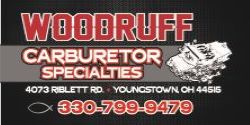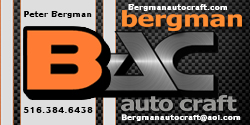- Local time
- 8:06 AM
- Joined
- Apr 13, 2012
- Messages
- 41,124
- Reaction score
- 148,540
- Location
- Granite Bay CA
I have a 383 that I just tore down and will be taking it in to the machine shop soon. I was hoping to just be able to hone it and reuse the original pistons but there was a ridge on every cylinder. I'm aware that I might have to bore it and use new pistons. I was impressed though that The rod and main bearings are all standard and dated 10-69, the block casting shows 8-27-69.

Ordinarily I'd just skip right past this and use a 440 but this is the original engine for my 1970 Charger project.
If I am faced with replacing the pistons, I'll do it but I am learning that these 383s with the short stroke they have are hard to build compression.
I've read terms like compression height and dome height. Summit lists several with a compression height of 1.908. This would be helpful if I knew what a stock height was. My pistons sat .076 in the hole and the calculated compression was 8.12 with stock parts. At zero deck, compression goes up to just a tad over 9.0 to 1.
Does anyone know of an aftermarket piston that results in zero deck or at least close to it?
Ordinarily I'd just skip right past this and use a 440 but this is the original engine for my 1970 Charger project.
If I am faced with replacing the pistons, I'll do it but I am learning that these 383s with the short stroke they have are hard to build compression.
I've read terms like compression height and dome height. Summit lists several with a compression height of 1.908. This would be helpful if I knew what a stock height was. My pistons sat .076 in the hole and the calculated compression was 8.12 with stock parts. At zero deck, compression goes up to just a tad over 9.0 to 1.
Does anyone know of an aftermarket piston that results in zero deck or at least close to it?
















